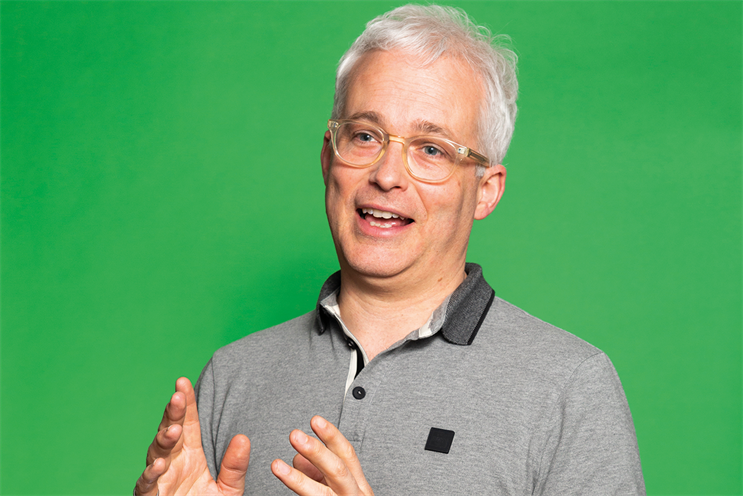A colleague’s delayed flight. Tired, toddler twins tending towards tantrums. In the corner, a projection onto the floor of digital fallen autumn leaves reacting to little people’s movements. The toddlers swept leaves with their trolley bags for over an hour and their mother remained mercifully mild-mannered. Thank you, orange airline; she’ll probably choose you next time too.
This sensory experience sparked an evocative memory for her, reflecting a direction marketing was travelling in as the digital tsunami hit.
We were thinking about multisensory experiences. Evidence persists from the likes of Forrester and Martin Lindstrom/ Millward Brown that engaging multiple senses is a solid approach, with increasing behavioural loyalty and intent to purchase from the deeper engagement of multisensory stimulus. This makes intuitive sense. Making brand associations while exploiting more senses will inevitably lead to richer memory traces and more profound emotional connections.
In our current screen-based arena it is easy to focus purely on visual and auditory cues. Most “digital” experiences today are optimised for sight and hearing because of the parameters of the media involved. However, they can be pushed further. Take a moment to explore the mysterious world of ASMR (autonomous sensory meridian response) on YouTube, and experience sound input creating physical sensation.
Push multi sensory experiences futher
Two areas of technological development, in particular, are providing opportunities that will enable marketers to push digital experiences further. First, as smartphones get more advanced, the opportunities for deeper touch engagement abound – there’s more haptic interaction and feedback. Touching the screen in different ways does different things.
Second, there is an increasing number of ways to artificially stimulate the senses to create fascinating experiences. For example, Ultrahaptics is creating the sensation of touch in mid-air. Using ultrasound, their technology enables people to feel 3D objects that are nothing more than air. Potential applications include more satisfying and accurate gestural interfaces and enhancements to AR and VR experiences.
Taste and smell are, admittedly, a little more difficult to incorporate until somebody develops the smello-lickophone, which I hope they never will! But, of course, physical environments provide this opportunity.
Retail is already embracing multisensory experiences and the future will surely push this further. By blending the digital and physical to create personalised experiences, retailers will be able to provide deeper product understanding and resonance with the shopper’s desires and tastes.
This type of multisensory thinking has influenced some of our work at MBA – “4D” VR windsurfing and skiing for Neilson, a sensory tunnel experience for Guide Dogs, a tea-maker demonstration for Sage by Heston Blumenthal and the “digital advisor in a box” hologram for O2. The latter brought to life O2’s point of difference for SMEs, providing a tactile, visual and delightful experience for recipients. The ROI of almost 14:1 speaks for itself.
Reinvigorating sensory marketing for today’s technological landscape presents a powerful opportunity. For a long time, we have known that emotional marketing is the most effective. And we also know that marketing that stimulates multiple senses is a way to achieve a deeper emotional connection. Now we all need to think harder about how we can use the psychology of sensation to create richer brand experiences that will delight, fascinate and motivate people to choose our brand over the less stimulating competitors.
Alexa, make me feel something.
Your thinking sanctuary
Good quality, noise-cancelling headphones.
Your best tip for creatuve thinking thinking sanctuary
Stay curious to keep your ‘ideas larder’ well-stocked with interesting ingredients.
The best time to think
Whenever things can percolate subconsciously
Thought for the year
Why is a lot of mobile UX still rubbish?
A guiding principle
An appreciation of how the time of ‘makers’ and ‘managers’ is different. Makers get nothing done if their day is broken into 30-minute time slots with meetings and interruptions.
James Devon, strategy director, MBA
Source: Why it’s time embrace the rise of multisensory experiences













